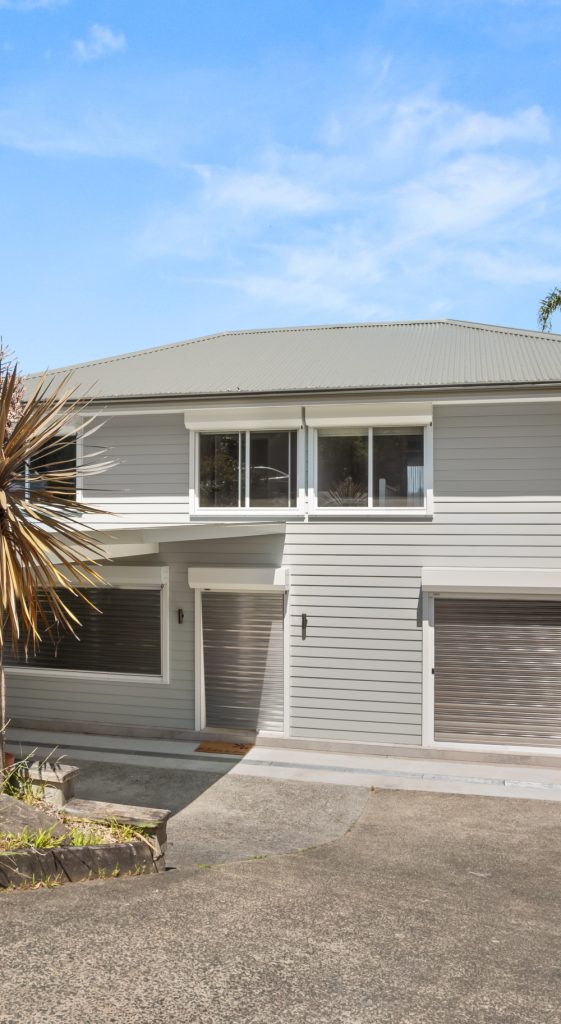The key difference between complying development and a development application lies in the complexity and approval process for each type of project. Over recent years, complying development has evolved to cover more complex applications, such as two-storey dwellings and attached developments.
Complying Development


Development Application (DA)
Key Differences:

In summary, complying development is a simpler, faster process for straightforward projects that meet local planning laws, whereas a development application is required for more complex projects or those that don’t fully comply with local regulations.
Regardless of the planning pathway, it is essential that both the building designer and builder collaborate closely. Their collaboration ensures that all details and conditions are addressed, compliance matters are acknowledged, worked through, and resolved—ultimately ensuring that the finished product is ready for occupation.
Happy Dwelling
Shire renovator
Want to speak to the author? Phone (02) 9525 5588 and ask for Matthew.